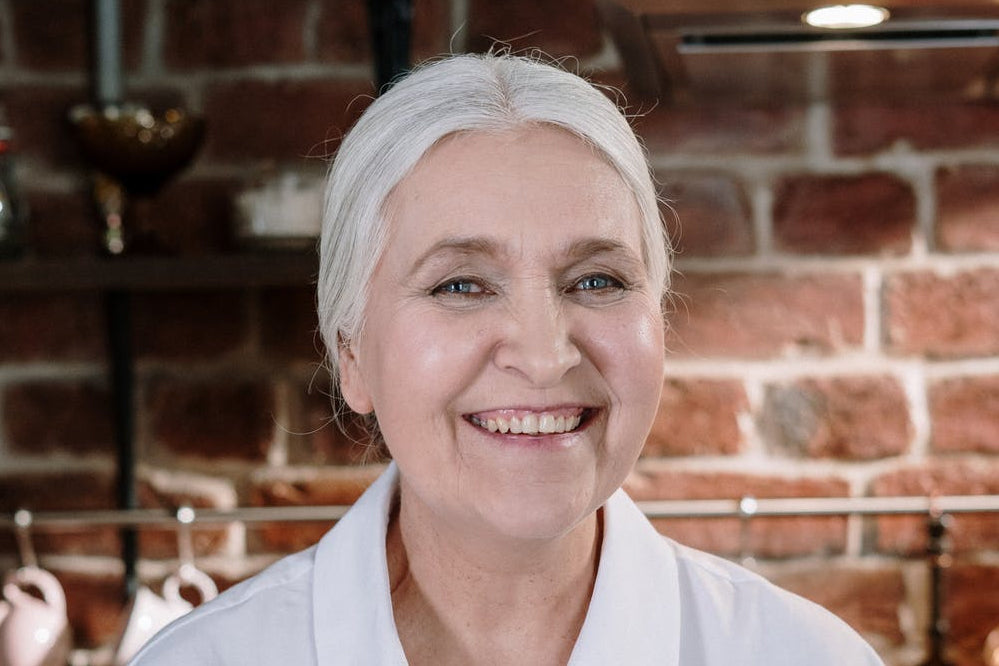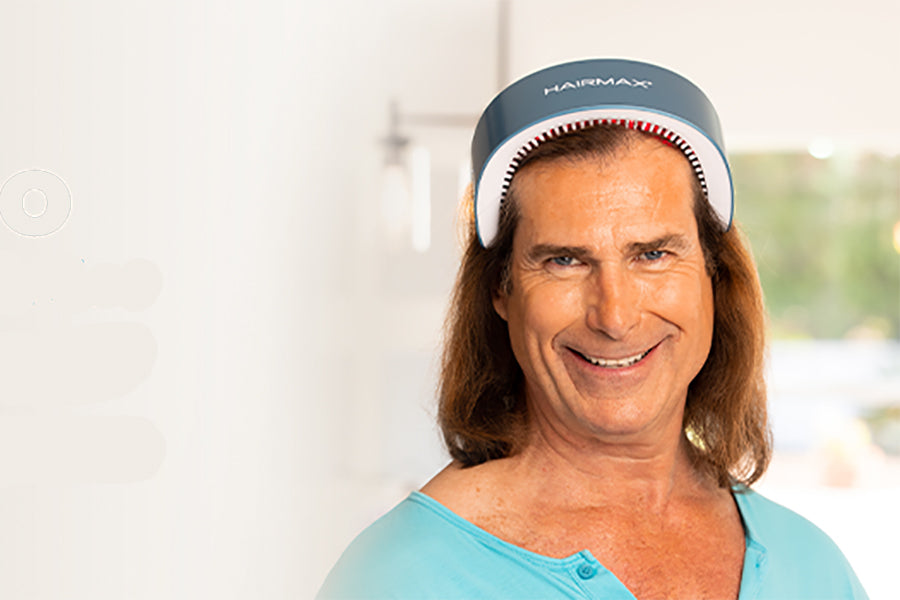Science recognises that all life forms, regardless of how primitive or how advanced, derive life-giving sustenance from the sun’s energy. Since the dawn of time, the sun has been the source of all life on earth.
Because of our modern lifestyle, we tend to spend less time exposed to the positive benefits of the sun’s energy. Scientists have known for more than a hundred years that light, even ordinary light has an effect on cell function and that light deprivation can cause debilitating mental depression. Light can heal and conversely, the lack of light can cause serious illness. Remove a plant from the sun’s rays and it withers and dies. Place a child, born with jaundice under a simple blue light and the symptoms are reversed.
During the summer months when we are exposed to extended hours of natural sunlight we find that our hair grows faster and thicker. It is the pure red spectrum of sunlight that stimulates blood supply to our scalp and this energy providing mankind with a therapeutic solution to hair loss in the form of laser hair therapy.
In order to understand the mechanism responsible for the sometimes, stunning results achieved with laser hair therapy, it is necessary to understand the difference between ordinary light and laser light. It is also important to recognise the difference between high-level laser energy and low-level laser energy.
Ordinary white light, as produced by the sun and commercial light bulbs, is comprised of all colours of the light spectrum and emits its light in all directions. Normal light with a high degree of infrared light produces a thermal effect on the skin. This is due to its high energy and the high absorption rate of water in the surface of the skin.
Laser light has one precise colour (monochromatissity) and produces a coordinated emission of photons travelling in a parallel path (coherence), capable of projecting its highly concentrated energy on a small determined area regardless of the distance (polarisation, parallelism).
High energy lasers, to varying degrees, heat the water in the outer cell structures of the skin and are thus, effective medical instruments for creating delicate surgical incisions, skin resurfacing and even hair removal. Pulsed lasers are sequenced to provide intermittent cooling of the skin’s surface and alleviate burning. In industry, high energy lasers have many uses including fusing and cutting steel.
Low-level lasers or cold lasers have no thermal component and cannot cut, burn or vaporise tissue. They operate on the principal of photo-biotherapy and are capable of reaching deeper layers of the skin. This is due to the permeability of the epidermis for specific colours (visible red and near invisible, infrared).
When low-level laser light is absorbed by cellular and sub-cellular structures, a photo-bio-chemical chain reaction (cytochromes, porphyries) is triggered, provoking, positive, therapeutic results.
The use of low-level laser energy would not be possible without the foresight of the “Father of Laser Bio-stimulation,” Professor Andre Mester of Budapest Hungary. It was professor Mester who first discovered the miraculous healing effects of Low-Level Laser Therapy and, inadvertently, the potential for stimulating hair growth.
In 1964, while performing wound healing treatments on laboratory mice, using a low reactive laser, Dr. Mester observed that not only did the laser light stimulate micro circulation of blood supplies resulting in tissue regeneration, but the body hair located in the treatment area grew thicker and longer than the surrounding hair. This was proof-positive to researchers that laser light, delivered with the correct power at the appropriate wavelength had a positive effect on cell function within the hair follicle.
SHOP LOW-LEVEL LASER DEVICES
Hair restoration clinics around the globe are now recommending laser hair therapy as an important tool to stop the progression of hair loss and stimulate re-growth. Individuals, who are unable due to financial or time restraints to visit local hair loss clinics for laser treatments have the option of purchasing a home-use laser device. HairMax is the best known of these devices, being the first to receive FDA Clearance as a medical device for hair growth and the most clinically tested.
Today, Professor Mester’s clumsy helium-neon laser has been replaced by sleek, state-of-the-art devices that can be used at home or even packed in a travel bag when you leave home. But the professor’s research has contributed much more to the quality of our lives than the ability to stop hair loss and grow more hair. His clinical investigation into low-level laser therapy has provided us with the ability to heal wounds (with reduced scar formation), and control pain through increased B-endorphin release and ATP production. Beyond that, the application of low-level laser therapy extends into Rheumatology, Sports Medicine, Dentistry, Dermatology, and Laser-Acupuncture. Indications range from the treatment of hemorrhoids, carpal tunnel syndrome, burns (first, second, and third degree), chronic eczema, Rheumatoid arthritis and more…much more.
A study of low-level laser hair therapy is truly… a journey into the light.




Share:
How Hair Changes as We Age
What FDA Clearance Mean for HairMax Laser Devices?